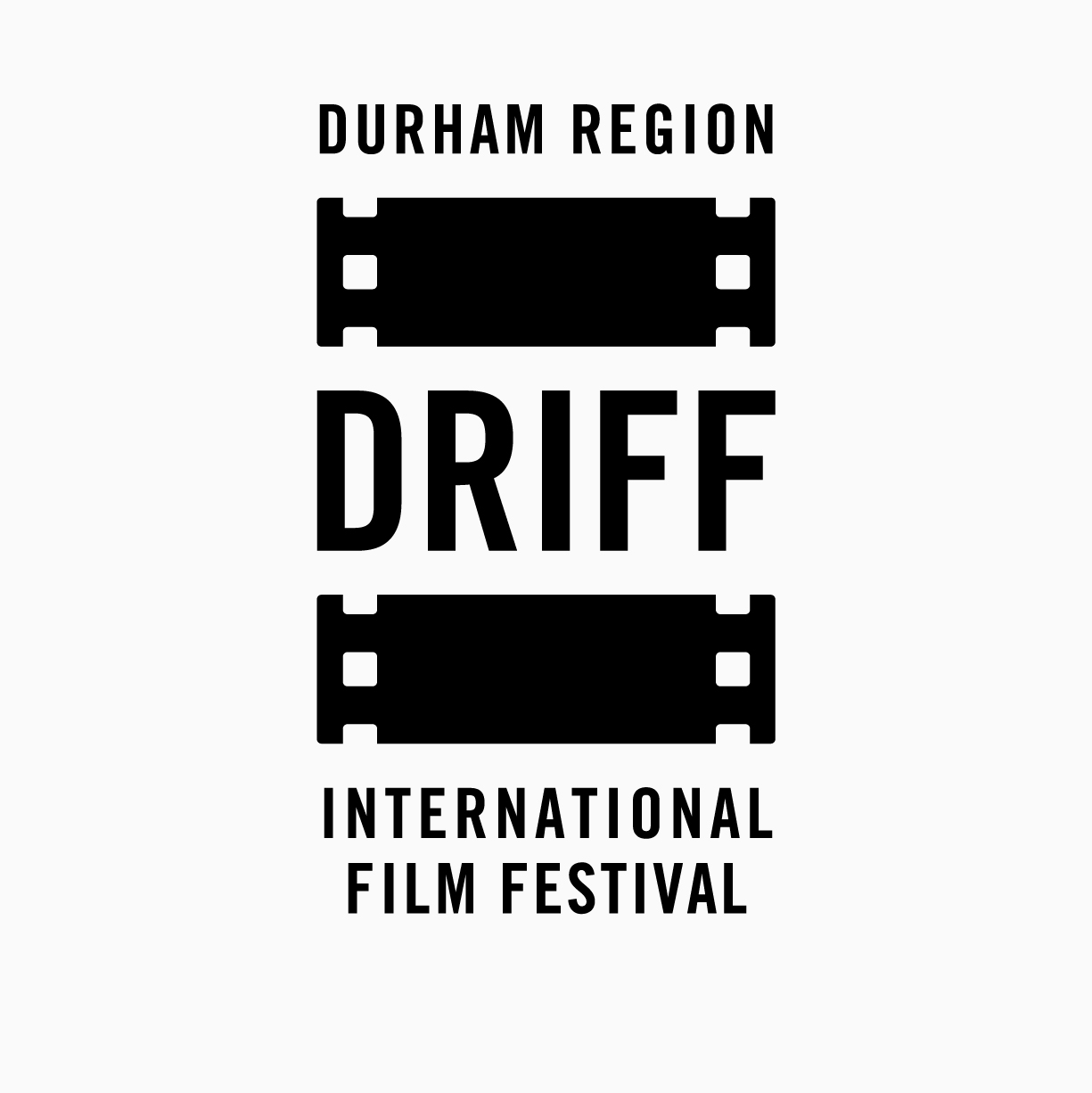Lesson 6: Dutch Angle
Ready on set? Welcome to DRIFF’s DIY Film School, where we introduce you to some tips and tricks that any aspiring filmmaker can try from the comfort of their home. We’ll guide you through exercises to sharpen your skills as a filmmaker, showing you the basics of what it takes to succeed behind the camera so you can start shooting your own films today.
Lesson 6
Dutch Angle
The term Dutch angle surprisingly does not originate from the Netherlands, as it was developed in Germany with the term coming from the German word Deutsch. Through use the term was abbreviated to Dutch. German films would draw their signature look from the fine arts seeking to mimic German expressionist artworks. This set them apart from their Hollywood contemporaries with its unique look emulating a crooked abstract from the fine art world. A Dutch angle is essentially a tilted image that leads the viewer's eye through vertical lines instead of horizontal lines.
The Dutch angle was popularized through classic black and white German films from the silent film era such as Nosferatu, The Cabinet of Dr. Caligari, and Metropolis–eventually this shot type became popular around the world, impacting North American cinema through the works of Orson Welles and Alfred Hitchcock. Instead of distorted sets the camera was angled to give off this impression. Eventually Dutch angles became commonplace within the industry as filmmakers gravitated towards it to create a sense of unease and tension in their films.
You can achieve the Dutch angle within your own work by angling the camera so that the objects within the environment line up vertically whether they are trees, buildings or the sidewalk–this tilt forces viewers to look at the scenery differently. However it is important to know when to use the Dutch angle, usually this shot type is used to create unease and tension, so overusing it can diminish this effect and exhaust audiences.
Dutch angles help to create intrigue with establishing shots as well if you want to capture overarching buildings in a way that appropriately captures a cityscape. This shot type eventually became important to inform filmmakers about the placement of the camera and the important ways one could frame an image. The camera is just as important as the actors you place within the scene and so figuring out how to use it to convey tension and unease is an incredibly valuable tool for filmmakers.
By angling your camera and deciding where to position it is important and helps you convey information visually instead of through dialogue. The more you utilize the camera the more interesting your films will become.
Connor Walsh is Photographer, Video Editor, and Writer based in Southern Ontario.
—
If you’re interested in becoming part of a local film community or attending a film festival near you, the Durham Region International Film Festival’s events are for you! DRIFF presents an annual fall film festival in Durham Region, summer drive-in movie screenings in Whitby and DRIFF in a Jiff short film screenings in Oshawa. Visit driff.ca, become a DRIFF insider or follow us on social media at @catchthedriff for all the details.
